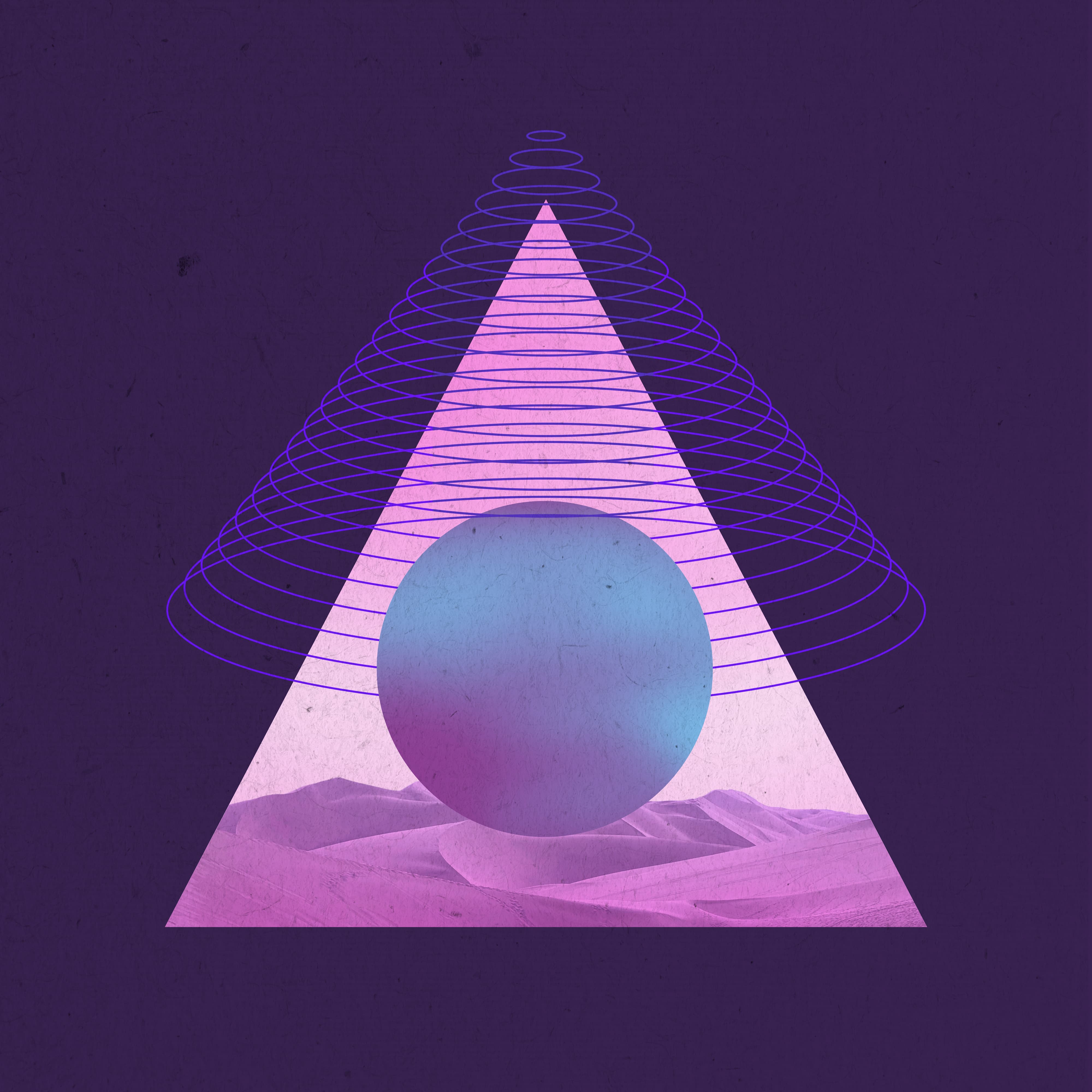Graphic design is constantly evolving. As technology advances, cultural shifts emerge, and consumer expectations change, designers are continually adapting their toolkits and mindsets. Designers are used to change. In fact, they're often leading it.
While design has always been about eliciting feelings and setting the tone for brand experiences, in the future, design will be the experience itself–not just the look and feel. This means tomorrow's designers must be keenly empathetic, able to solve complex problems, and capable of engineering experiences in an increasingly immersive and intelligent digital landscape.
So, what does the next chapter of graphic design look like? Let’s dive into some of the key trends and technologies that are defining the future of the trade.
AI: a tool–not a replacement
Artificial intelligence is disrupting the creative industry, yielding both exciting and frightening new realities. From generative image models to automated layouts and AI-assisted branding, the design community is abuzz with insightful debates about whether machines will ultimately replace designers, and that means for future careers.
The reality? AI is rapidly becoming an essential tool in the designer’s toolkit — but it's not a substitute for human creativity. AI excels at repetitive tasks: resizing assets, generating quick mockups, assisting with ideation and research – all things that can help improve a designer's productivity. But the storytelling, emotional resonance, and strategic thinking at the heart of great design all remain distinctly human.
The future will likely involve hybrid workflows where designers collaborate with AI to work faster, smarter, and more creatively. Those who learn how to leverage AI without losing their unique voice will stay ahead. Those who choose to resist AI's role may indeed find their professional opportunities limited.
The rise of immersive experiences

As augmented reality (AR) and virtual reality (VR) technologies mature, graphic design is moving off the screen and into three-dimensional spaces. This is sometimes referred to as spatial design, and the applications are absolutely next-level.
AR Branding
Think interactive packaging, virtual try-ons, or scannable experiences that extend a product’s story beyond the physical.
Virtual Environments
Brands are building virtual stores, galleries, and experiences within the metaverse and beyond. Designers must now consider spatial relationships, motion, and user interaction as part of the visual language.
The future designer will increasingly be part graphic designer, part experience architect.
Motion and movement
Static designs are no longer enough. Across social media, apps, and digital interfaces, motion is becoming a core component of visual communication.
Micro-animations
Small interactions like button hovers, loading sequences, or subtle UI transitions.
Brand Storytelling
Motion graphics and animated brand elements that create more dynamic, engaging identities.
Kinetic Typography
Moving type that adds emotion and energy to messaging.
As audiences grow more accustomed to video-based content (thanks to TikTok, Instagram Reels, and
streaming), motion will become a baseline expectation.
Sustainable and ethical design practices
Today’s consumers care about the environmental and social impact behind the brands they support.
Designers are responding with more sustainable and ethical practices.
Eco-conscious Print Design
Using recycled materials, eco-friendly inks, and mindful production processes.
Digital Sustainability
Optimizing web graphics to reduce energy consumption — a consideration as the internet’s carbon footprint grows.
Inclusive Design
Moving beyond token representation, designers are embracing accessibility, diverse representation, and ethical storytelling.
Design isn’t just about aesthetics; it’s about values. The future designer must consider the impact of their work on both people and the planet.
The return of maximalism and experimental aesthetics

After years of minimalist dominance, we’re seeing a return to bold, expressive, and experimental visuals.
Maximalism
Layered textures, bold color clashes, dynamic compositions, and expressive typography.
Retro-futurism
A resurgence of ‘90s web aesthetics, Y2K nostalgia, and glitch art, blended with modern tools.
AI-generated Surrealism
Designers are using AI to create unexpected textures, patterns, and visuals that blend the surreal with the familiar.
Expect the next wave of design to break rules, embrace chaos, and celebrate individuality — especially in fashion, music, and youth-driven brands.
Hyper-personalization and dynamic content
As brands fight for attention in oversaturated markets, personalized design will become critical.
Dynamic Graphics
Automated systems that change imagery or layouts based on user data (location, behavior, preferences).
Custom UX/UI
Interfaces that adapt to users in real time.
Interactive Content
Polls, quizzes, and user-driven narratives that turn passive viewers into active participants.
Designers will need to think less about static deliverables and more about systems that evolve with each user’s journey.
More no-code and low-code design tools
Tools like Webflow, Canva, Figma, and other no-code platforms are empowering non-designers to create professional-level work. This democratization raises the bar for design — but it doesn’t eliminate the need for designers.
The difference? Designers of the future will focus more on strategy, systems thinking, and creative direction, while routine production becomes increasingly automated or templated.
How the designer’s role is evolving
The future of graphic design isn’t just about the tools or the aesthetics — it’s about the role designers play in business and culture.
Designers are moving from being service providers to strategic partners. They’re involved earlier in the process: shaping brand narratives, driving product decisions, and influencing how companies show up in the world.
In an AI-driven, experience-first landscape, the designer’s job is to humanize technology, craft meaningful interactions, and build trust in an increasingly skeptical world.

Final thoughts
The future of graphic design is dynamic, exciting, and a little unpredictable. While technology continues to evolve at lightning speed, the core of design remains the same: creative problem-solving, storytelling, and connection.
Designers who stay curious, adaptable, and rooted in empathy will not only survive — they’ll shape the next era of visual culture.
